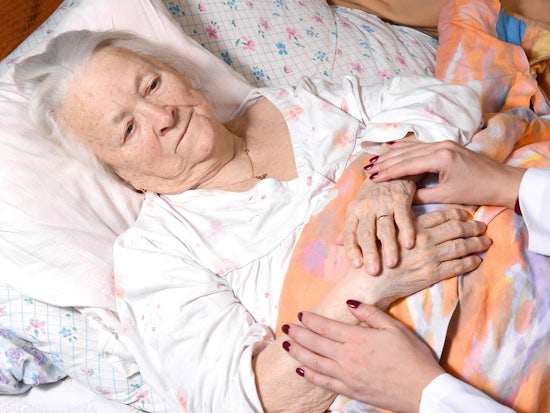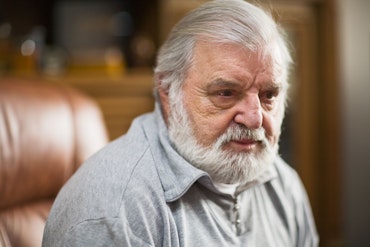Parties committing to help people die at home
Studies suggest that most people want to die at home, however in reality only a small percentage actually does.

Most people want to die at home but only 15 percent of Australians do.
Leading up to the election, both major political parties have now made a commitment to palliative care, to ensure Australians have greater choice and control over where and how they live their final days.
Health Minister Hon. Sussan Ley MP recently outlined her commitment to palliative care in people’s homes rather than hospitals as a priority for after the election.
Hon Catherine King MP, Shadow Minister for Health, has announced that a Labor Government would invest $35 million over four years to roll out new models of palliative care including a trial of palliative care at home packages, supporting people to stay at home at the end of their lives.
Palliative Care Australia (PCS) has welcomed the Labor initiative.
“The trial of packages for 4,000 Australians who are receiving pallitative care will hopefully mean these people can be supported to die at home if they wish,” says PCA chief executive officer Liz Callahan.
“A trial will allow close examination and evaluation of the care model and perhaps lead to a national roll out.”
Community health and care services organisation Silver Chain Group is also supportive of the recent commitment from both major political parties to not only champion but also increase investment in palliative care services at a Federal level.
According to Silver Chain Group chief executive officer, Dr Christopher McGowan, approximately 153,000 Australians will die this year, with most of those deaths occurring in people who have lived with, and suffered from, chronic disease.
“Studies show that 70 percent of people wish to die at home. Sadly, 50 percent of people who die in this country do so in a hospital bed, with a further 35 percent dying in a residential aged care facility,” Dr McGowan says.
“Only 15 percent of Australians who die do so at their place of choice: home.”
Silver Chain Group provides community based palliative care nationally. “Patients engaged with the community based palliative care services are six times less likely to be admitted to inpatient facilities through an Emergency Department in the last three months of life, avoiding the costs associated with Emergency Department presentations and ambulance transfers,” says Dr McGowan.
“Almost 75 percent of patient receiving palliative care through Silver Chain will die at home, surrounded by their loved ones and familiar comforts.
“The current paradigm profoundly fails to meet the needs and wishes of the community,” according to Dr McGowan.
“In-home palliative care addresses patient need and is also significantly more cost effective.”











![The new Aged Care Act exposure draft is slated for release in December of 2023, but advocates hope to see it rolled out on January 1, 2024. [Source: Shutterstock]](https://agedcareguide-assets.imgix.net/news/articles/wp/agedcareact__0811.jpg?fm=pjpg&w=520&format=auto&q=65)












Comments